
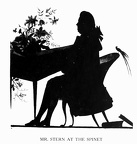 Mr Stern at the Spinet
Mr Stern at the Spinet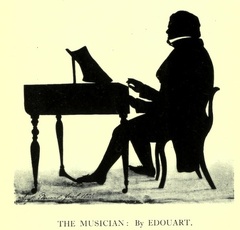 The Musician
The Musician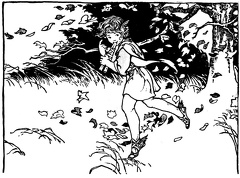 Girl playing a flutelike instrument while running through some leaves
Girl playing a flutelike instrument while running through some leaves Frank Johnson, Leader of the band
Frank Johnson, Leader of the band A Muse playing the Diaulos
A Muse playing the Diaulos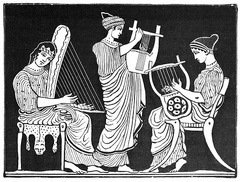 A Muse with a Harp, and two others with Lyres
A Muse with a Harp, and two others with Lyres 1800 2
1800 2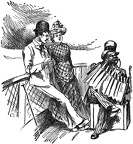 On the Water
On the Water Dancer and Guitarist
Dancer and Guitarist The Ox Minuet
The Ox Minuet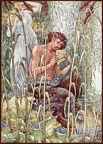 Sweet, piercing sweet was the music of Pan’s pipe
Sweet, piercing sweet was the music of Pan’s pipe Heading - trumpeters
Heading - trumpeters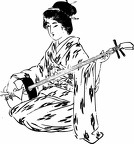 The samisen
The samisen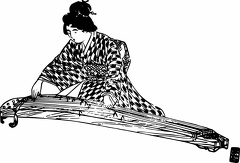 The Koto
The Koto A juggler, after a miniature
A juggler, after a miniature Atys - the Phrygian shepherd
Atys - the Phrygian shepherd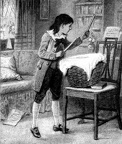 He placed the 'drum' on a chair, and practised diligently
He placed the 'drum' on a chair, and practised diligently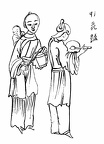 Street Singers
Street Singers Stilt Dancing.—XIII. Century
Stilt Dancing.—XIII. Century Remarkable Dance.—XIII. Century
Remarkable Dance.—XIII. Century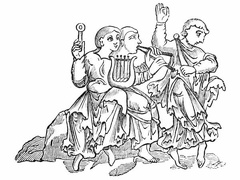 Gleemen's Dance.—IX. Century
Gleemen's Dance.—IX. Century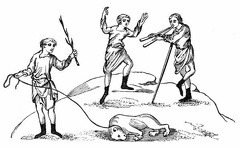 Anglo-Saxon Gleemen's Bear Dance.—X. Century
Anglo-Saxon Gleemen's Bear Dance.—X. Century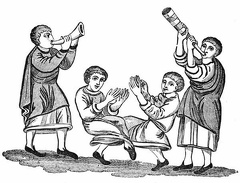 Anglo-Saxon Dance.—VIII. Century
Anglo-Saxon Dance.—VIII. Century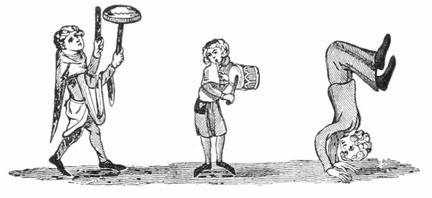 Tumbling.—XIV. Century
Tumbling.—XIV. Century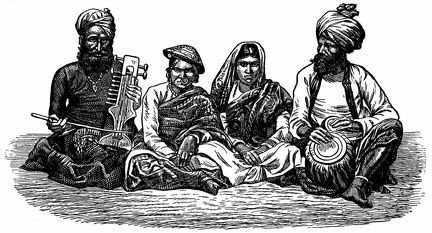 Hindu Dancing girls and Musicians
Hindu Dancing girls and Musicians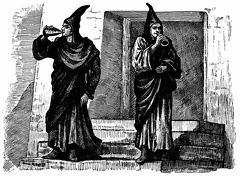 Tibetan Lamas blowing on Shells
Tibetan Lamas blowing on Shells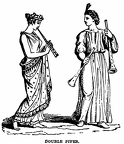 Double Pipes
Double Pipes Egyptian Crotola or Castanets
Egyptian Crotola or Castanets Assyrian Harpist , beating time with his foot
Assyrian Harpist , beating time with his foot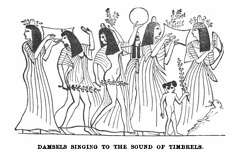 Damsels singing to the Sound of Timbrels
Damsels singing to the Sound of Timbrels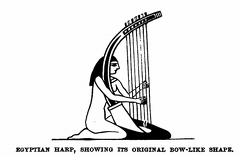 Egyptian Harp, showing its original bow-like shape
Egyptian Harp, showing its original bow-like shape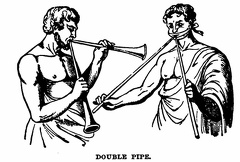 Double Pipes
Double Pipes Single perforated pipe
Single perforated pipe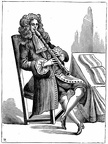 Recorder
Recorder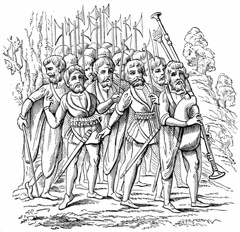 Irish bagpipe, sixteenth century
Irish bagpipe, sixteenth century Viola da gamba
Viola da gamba The French Crout
The French Crout Irish Rotta
Irish Rotta Rotta
Rotta German rotte
German rotte Ancient Irish harp
Ancient Irish harp Anglo-saxon harp
Anglo-saxon harp Persian dulcimer
Persian dulcimer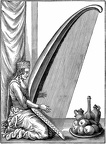 Turkish harp
Turkish harp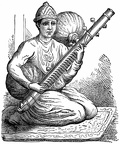 Hindustan, vina
Hindustan, vina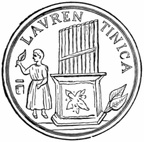 Hydraulic Organ
Hydraulic Organ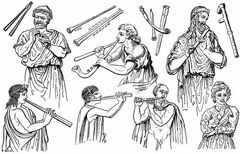 Greek Flutes
Greek Flutes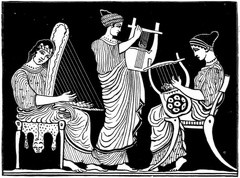 Grecian harp and lyre
Grecian harp and lyre Ancient Egyptian flute concert
Ancient Egyptian flute concert The recital
The recital A Niam-niam minstrel
A Niam-niam minstrel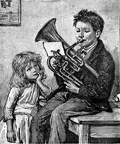 Keep practising brother
Keep practising brother Corelli
Corelli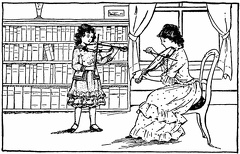 Maud Powell
Maud Powell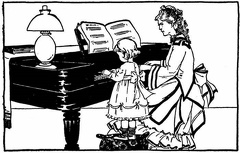 Amy Marcy Cheney Beach
Amy Marcy Cheney Beach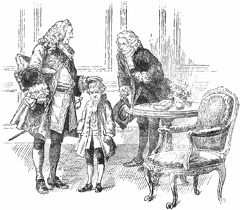 The Duke praised his performance
The Duke praised his performance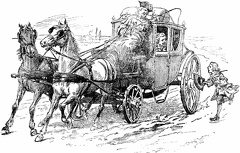 He called to the coachman to stop
He called to the coachman to stop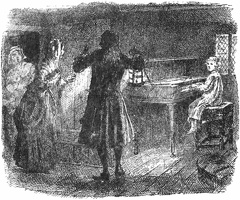 Beckoned silently to the rest to follow him
Beckoned silently to the rest to follow him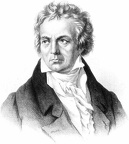 Beethoven
Beethoven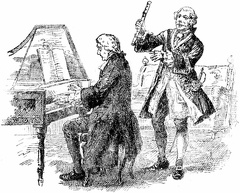 Only one Bach!
Only one Bach!



